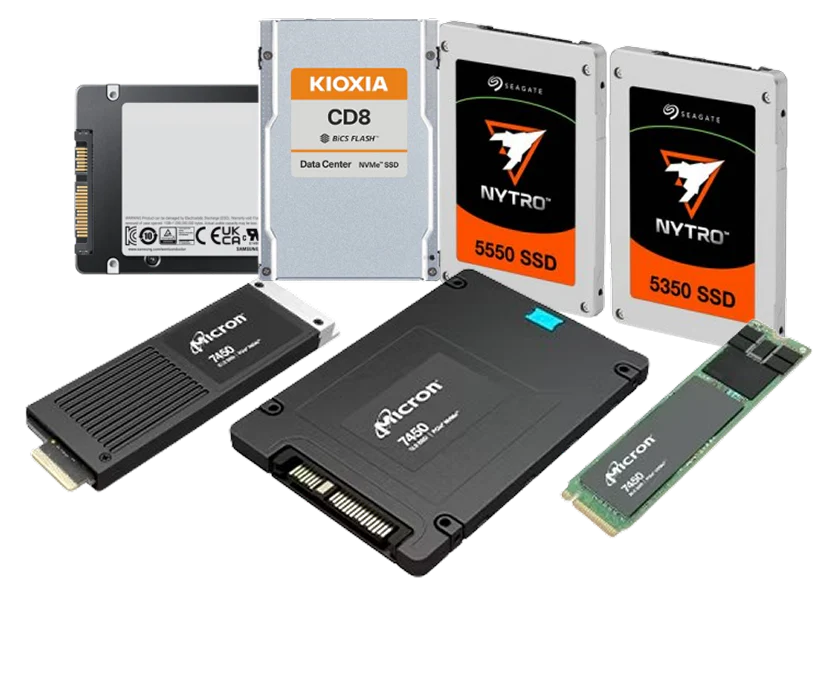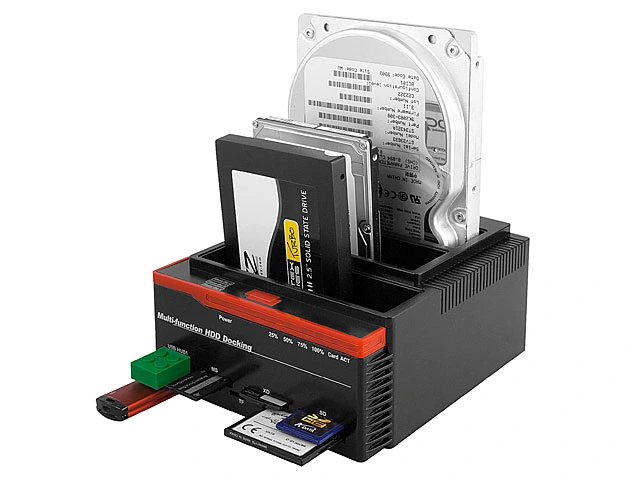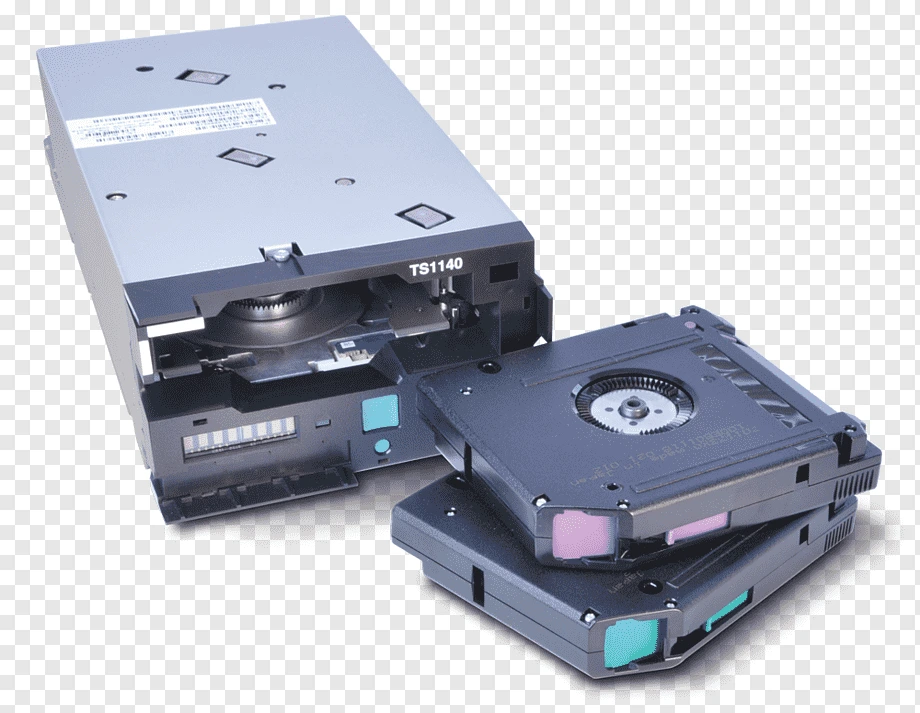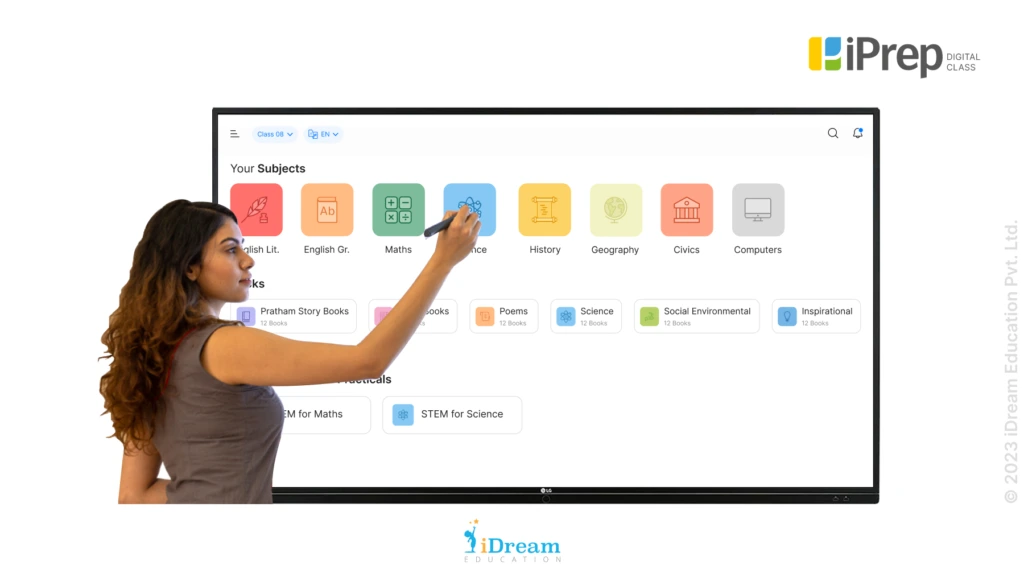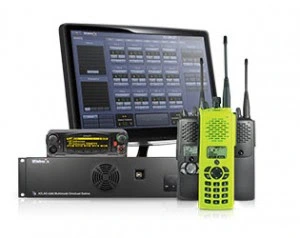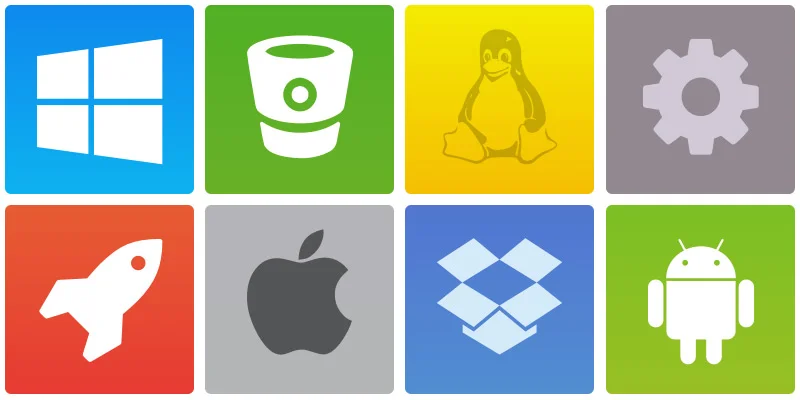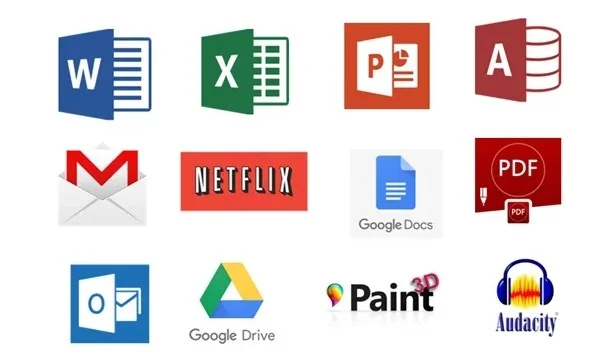What is Network Attached Storage (NAS)?
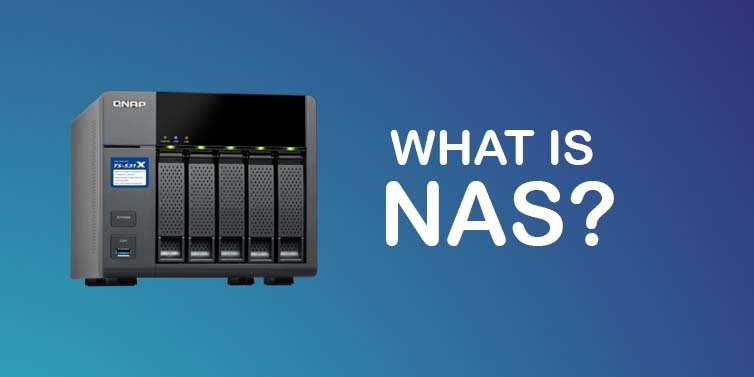
NAS storage:
As the name suggests, network-attached storage (NAS) is storage that’s linked to your devices and systems over a network. NAS could be connected via a conventional LAN cable, Wi-Fi, or over the internet. Also, NAS could function just like an external hard drive would, but even the basic-level units could do so much more than that.
There are a lot of mobile and networked devices than ever before, and all of them create, share, and secure data and media with one another and the cloud. Then, there are PCs & laptops, smart TVs, and even IoT devices as well. Well, data is becoming ever more portable, and the requirement to share it easily and securely is something that every digital house requires. Besides, the storage in the form of an external HDD (hard disk drives) might not address the requirements of a modern interconnected house anymore. A NAS could solve this issue; this is like a digital hub.
Why should you consider a NAS?
A NAS unit could be served as a powerful hub in an interconnected home, and this doesn’t require big dollars either. Nowadays, modern NAS units are more like servers that have fully functional operating systems, and their systems are more in number than glorified hard drives. These units could stream 4K media, manage the investigation, run scheduled backups, interact with the cloud, enable workplace teamwork, and so much more. Yes, a NAS could share and store files as well. We’ll cover some advantages, applications, and key functionality of a NAS. There are many causes to consider while adding one such unit into your residence.
Also Read: Why is Antivirus Important?
Kinds of NAS:
There are a lot of categories and kinds of NAS. Broadly speaking, these could be divided into consumer levels, small-medium businesses (SMBs), and enterprise levels.
An enterprise-level NAS exists outside the scope of this article. And, if you’re thinking of data centers, rack mounting, and big budgets, you’re right! An SMB NAS functions in the same way as a customer NAS but mostly for files/data; plus, the remote access and backup functionality are included in its case. These features also tend to be more complex with more redundancies, encryption support, more RAM, and better CPUs for better handling the requirements of several concurrent users. The pandemic and WFH (work from home) culture are upgrading the requirement for sharing, remote working, and collaboration abilities.
Also, the consumer-level NAS could do a bit of everything. Even a lot of business-oriented functions that are much more expensive units and include remote access and collaboration could be done through NAS. But these units are able to be used more in a house scenario where users treat NAS much like a remote external hard drive.
When you have to evaluate a NAS to buy, you need to consider the following features:
Primary usage: What is your plan for NAS?
Capacity: Well, large video files employ a lot of space. So, how much storage do you require?
Performance: Transcoding needs a powerful CPU. Then, do you require more RAM?
Connectivity: The gigabit ethernet might bottleneck a NAS relying on your needed tasks. That’s why to consider 2.5G or faster than that or even Wi-Fi if you require a wireless connection.
Security: The last thing you desire is the security of your sensitive data.
Well, once you give the above notable points some thought, the next step is the consideration of the right drives to populate your NAS unit with.
Selecting the right drives for NAS:
Most NAS units accept either mechanical hard drives or SSDs (Solid State Drives). Some higher-end NAS units could make use of an SSD as a cache. The expense of high-capacity SSDs is bound to rule them out of the consumer-level NAS; although, that’s gradually changing. SSDs typically create less heat and employ less power, at least SATA (serial advanced technology attachment)-based 2.5 SSDs. But obviously, these are silent. Then, the speed benefits of an SSD are frequently bottlenecked via the network connection. A NAS unit that features 10GbE (Ten Gigabit Ethernet) and associated infrastructure remain costly/expensive.
This is advisable to buy NAS-optimised drives. NAS drives are optimized in different ways. These drives are designed for continuous use, have anti-vibration attributes, and high-level tolerance. The drives offer great reliability and MTBF (mean time between failures) ratings. And, the drives have NAS-optimised firmware, remarkably for RAID (Redundant Array of Independent Disks) use. Besides, the regular hard drives are better suited to single-user applications; whereas, a NAS drive could often have multiple users that access NAS drives at the same time. Plus, don’t forget that several NAS units allow you to upgrade even without any downtime.
Also Read: 5-Step Plan for the Data Recovery of Businesses
RAID or Redundant Array of Independent Disks is a method to employ multiple disks to improve performance, add capacity, or increase fault tolerance.
What about RAID?
What RAID level you select relies on your specific use case. If you value data integrity above all else, you’d desire something with fault tolerance. If a drive fails, you won’t lose your data. But solely depending on RAID to shield your valuable data is not recommended for you. RAID won’t defend you against theft, malware, user error, and natural & unnatural disasters. Something unexpected like a power surge could terminate all disks. Always make the backups of your valuable data whether this be on a flash drive, external HDD (hard disk drives), or in the cloud. Specifically, valuable data like irreplaceable photos, audios, or videos should be backed up to multiple destinations; whereas, sensitive financial information or cryptocurrency keys should always be kept offline.
The NAS of a house or media server environment could make use of JBOD or RAID 0. This is beneficial for users who work with high bitrate files like UHD (Ultra-High Definition) videos. But be informed that the speed advantage of RAID 0 could be bottlenecked by the weak network connection. Also, RAID 1 is suited for backup aims or things like surveillance systems due to its redundancy or tolerance for a drive failure. Some higher RAID levels need more disks that add cost for you, but these levels offer the best benefits for both of your worlds. Plus, the RAID levels could add parity to the mix and make this simple to rebuild the array if a drive failure occurs.
Setting up NAS:
The initial NAS setup has become very easy. As NAS becomes mainstream, the manufacturers know that they have to streamline setup to make things simple for non-technical users. Most manufacturers have apps that guide you through the setup process, and you’d initiate the setup process by installing your drives and running a setup app. Just with a few simple clicks, you’d be ready to go.
NAS as a home media centre:
A lot of first-time NAS users become amazed at their awesome media center capabilities. And, you’d wonder how you passed your days without one. An external HDD just can’t compete with it. A NAS could act as a central media repository, so all the devices of your home could access its contents. Besides, the phones, tablets, laptops, TVs, and PCs might access a NAS, and this is treated like local storage. You could remotely access your NAS media too through a VPN (Virtual Private Network).
Also, NAS could be employed for streaming media like Netflix or Prime but mainly for media that you own. There are many techniques to go about this. Some NAS units come with HDMI (High-Definition Multimedia Interface) outputs, so you could plug them directly into a TV and stream using NAS’ native streaming applications.
A lot of devices employ different players & operating systems, these devices also support various formats and differing resolutions. And, the ability to transcode media is something you might desire to consider. Some people budget NAS having ARM (Advanced RISC Machine) processors that lack the processing power to transcode effectively, specifically at high bitrates and resolutions. However, many NAS units having Intel CPUs have dedicated hardware for transcoding that makes them a better choice for users who are looking for a seamless media streaming NAS. These units do cost more though.
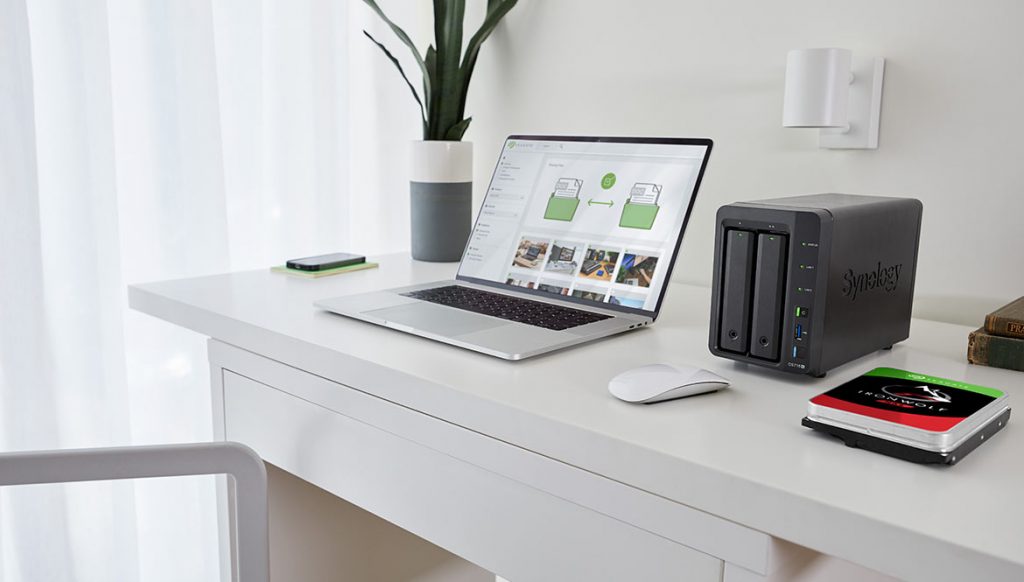
NAS for backing up:
NAS could be a great backup tool; although, this requires to be emphasized. This tool should never be the only backup method, particularly when the matter is about sensitive data.
All technology users face some kind of data loss event in their life period. This loss could be a local device failure, dead SD card, loss/theft of a phone/laptop along with the data, defective power supply, and disaster (such as the fire or lightning strike or merely coz you deleted the wrong folder by mistake).
Plus, a song or movie library could be downloaded again, but articles (e.g., wedding photos or financial records) are irreplaceable. All major NAS manufacturers sell comprehensive backup solutions & software ecosystems that are designed to secure your valuable data.
We’re happy that you came to our final point! There are a lot of things to think about when you have to consider a NAS to buy. Whatever be your requirements, we’re glad to have a NAS solution to suit your case. Whether you want a simple home solution or something to suit your growing business, you might talk to Fast IT Solutions!



